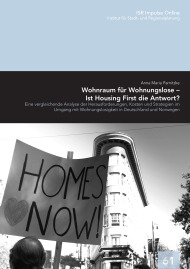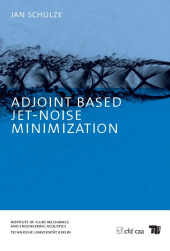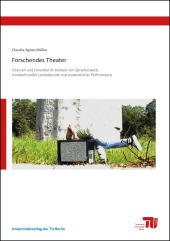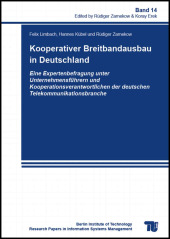Wohnraum für Wohnungslose – ist Housing First die Antwort?
Eine vergleichende Analyse der Herausforderungen, Kosten und Strategien im Umgang mit Wohnungslosigkeit in Deutschland und Norwegen

Publishing year: 2016
As an approach to reduce and end homelessness, the housing first model is implemented in many European countries. By housing homeless people directly in their own rental apartments, the housing first approach is said to be more effective than traditional approaches of homelessness services that are often criticized for just managing homelessness instead of attempting to end it. Compared to traditional ways of battling homelessness it is believed that the housing first approach leads to savings in the public expenditure. Anticipated cost savings pose a reason to implement new approaches of homelessness services at the administrative level. This master thesis analyses the effectiveness of housing first projects considering financial as well as humanitarian aspects by studying two housing first projects in Germany and Norway. The paper emphasises the role of the housing market and proposes opportunities to accommodate homeless against the background of tense housing markets. In both study areas, access to affordable housing represents the main challenge. Despite that, both projects devised various solutions to house homeless people with complex and individual needs in their own rental apartments. However, the analysis reaches the conclusion that the prevention of homelessness constitutes the most effective and favourable way to manage the issue.



